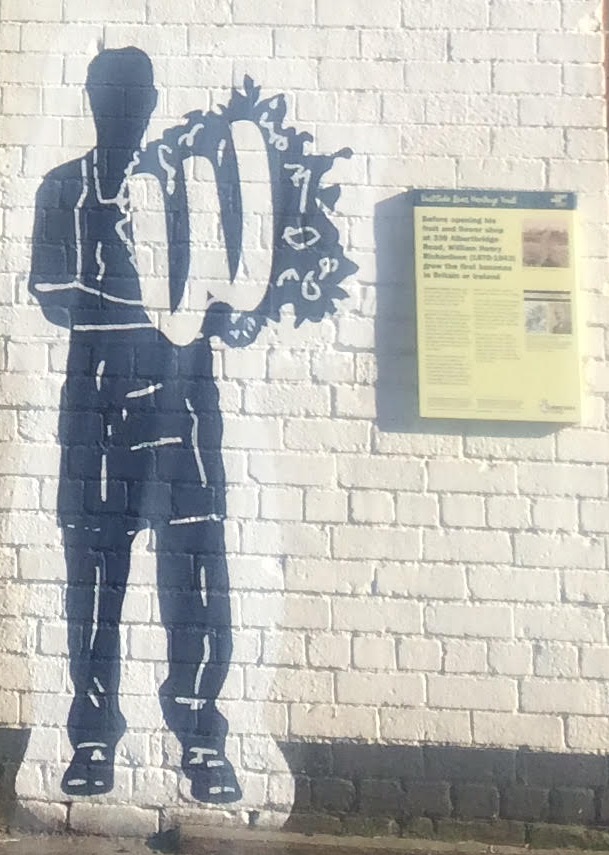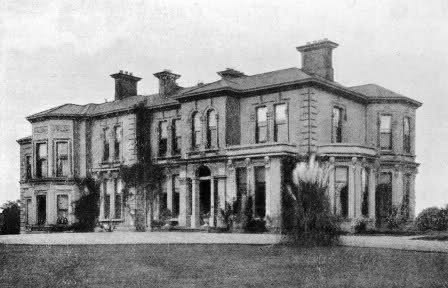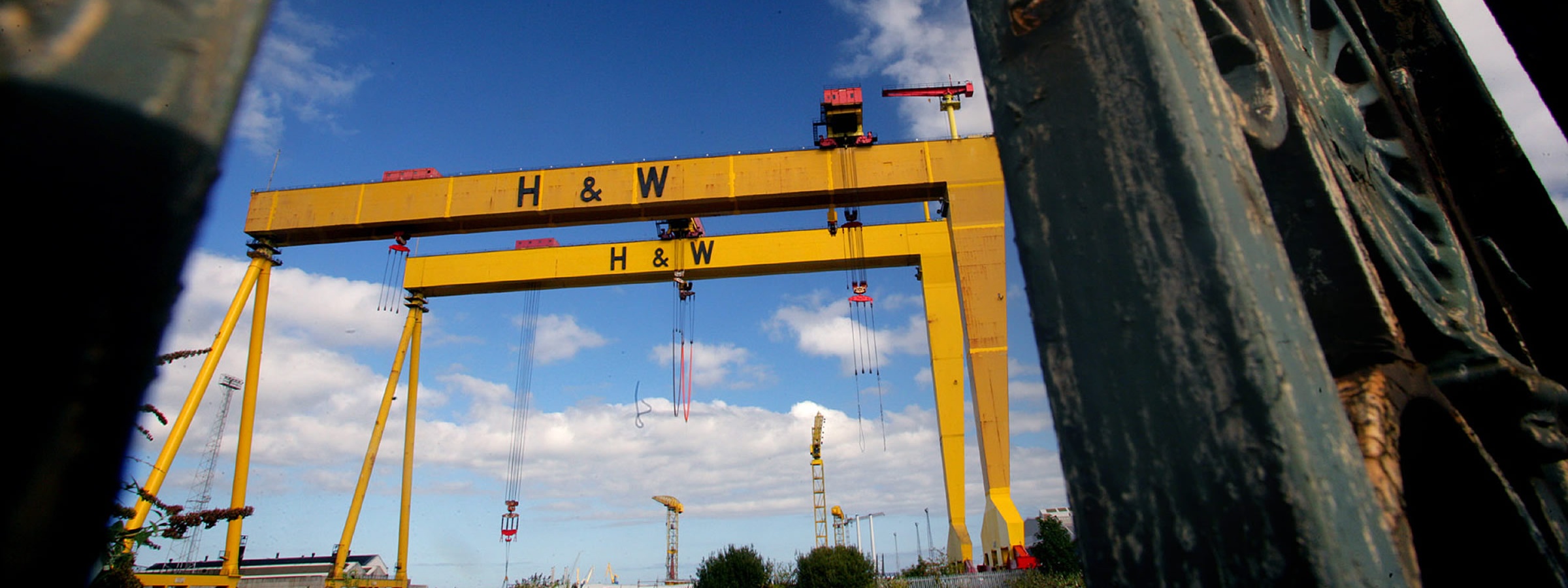We are celebrating May being Local History Month with this engaging and informative article by Allie Nickell. Allie was a participant on our EastSide Lives project and has always been generous with her research skills and time, we are thrilled she has put this article together about her work developing a One Place Study here in east Belfast. To find out more about her study check out her website. If bananas in east Belfast has tickled your imagination, our neighbours in Portview are 'growing' this story in new and exciting ways!
I’ve always been interested in local history, so when I started researching my family history a few years ago it made sense to look not just at the family tree but also the neighbourhoods where my ancestors lived, to get a better sense of what their everyday lives were like.
In 2019 I got involved with the Eastside Lives project, telling the stories of ordinary people with connections to East Belfast, and I researched and wrote about my great-grandfather, William Henry Richardson. He had kept a florist’s shop on the Albertbridge Road for many years, but before that had been the Head Gardener at Sir Otto Jaffe’s (long since demolished) house, Kin Edar, on Sydenham Avenue.

WH Richardson artwork on Albertbridge Road
For years I’d been intrigued by an old family story that my great-grandfather had grown the first bananas in Ireland. Researching through newspapers, I was thrilled to come across a 1911 article stating that he had indeed grown bananas and it had been at Kin Edar. Whether or not they were the first is up for debate, but he and Sir Otto believed it at the time! As I looked into the story further for the Eastside Lives project, I began to understand how impressive (and extensive) the gardens at Kin Edar must have been, with glasshouses capable of growing and ripening bananas and other exotic plants - the kind of glasshouses you would usually only see today in botanical gardens.

Kin Edar
I also wanted to know more about the other people who had lived at Kin Edar. My grandmother and her siblings grew up there, in one of the workers’ lodges (still standing today, and one of the only surviving part of the estate). There were stories about Sir Otto and Lady Jaffe, and some of the other children who lived on the estate. Census records gave me names, but very little information about who these people actually were.
I had come across ‘One Place Studies’ through genealogy friends on social media, and had put together some small, neighbourhood research projects before, but, earlier this year, I realised a ‘One Place Study’ (OPS) was the perfect way to present my ongoing research on Kin Edar. An OPS looks at the lives of all the people from one particular place, not just one family. The studies can take all sorts of different forms: some people are interested in the history of a parish or village, some look at the lives of people commemorated on a war memorial or in a cemetery, some focus on the residents of an individual street. They might have a narrow focus on one particular time period, an emphasis on built heritage and the development of the area, or be centred around a local industry. The Society for One Place Studies has a very useful website , and examples of different types of studies from around the world – the Kin Edar OPS is the first to be registered for Northern Ireland.
My project is still in its early stages, and I’m not sure what directions the research will take me, but during Lockdown I’ve been making use of a variety of different online sources to get started. PRONI’s historical map viewer has allowed me to see how the site developed from the time the house was built in the 1860s until the estate was cleared and built over in the 1940s. Census records and street directories have provided the names and some dates of people living around the estate – the fantastic locally-run LennonWylie website has transcriptions of a number of Belfast street directories, and images of others were recently added to FindMyPast (a subscription site used by family historians) in partnership with the North of Ireland Family History Society (NIFHS). Old newspapers (via the British Newspaper Archive ) have fleshed out stories, and provided key information and photographs.
When PRONI and the Linenhall Library reopen, I’m looking forward to exploring their collections again. And I would love to know more about the gardens and glasshouses at Kin Edar and what they grew there. Some of the job adverts I’ve found for gardening staff required that they also had dairy skills, which was unexpected! Before Sir Otto and his bananas, Kin Edar was the home of textile merchant and plant collector Henry Hawkins, and at that time was famous for its vinery and many rare plants. Hawkins’s Head Gardener, William Magee, went on to set up the successful Knock Nurseries at Ballyhackamore.

Job advert (Belfast News-Letter, 29 April 1889, from www.britishnewspaperarchive.co.uk)
The last owner of Kin Edar was Charles Payne, managing director at Harland & Wolff, who, due to the day-to-day responsibilities of his job in 1911, has been described as ‘the man who launched the Titanic’. By the time he left, large houses were becoming unfashionable – expensive to run, difficult to staff, and taking up land that was desired for new housing – and many of the big houses in the area disappeared around that time. I hope that my research, and my website https://kinedar.wordpress.com/ , can help bring to life again some of this forgotten history of East Belfast.



